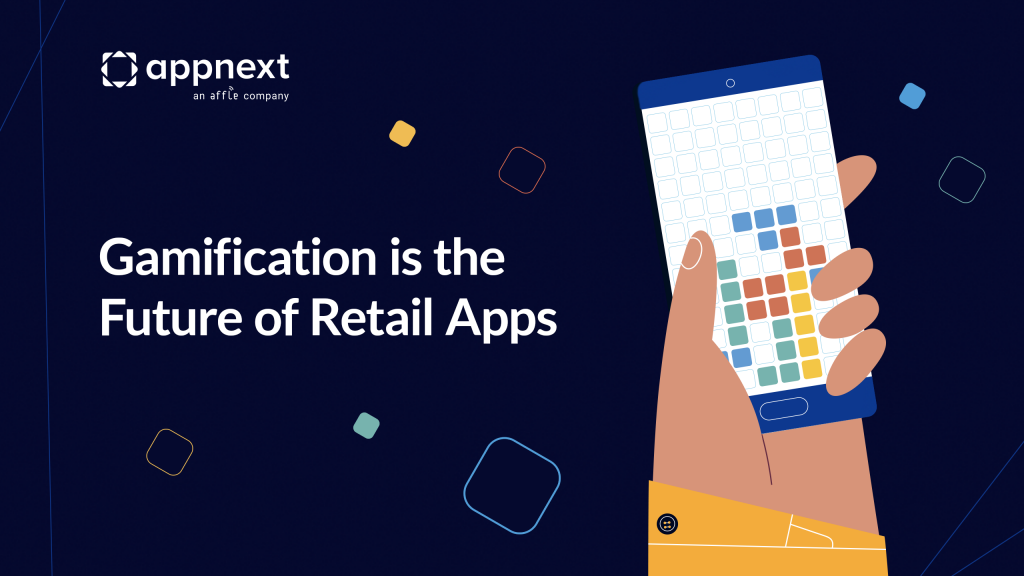This article was originally posted on forbes.com
With nearly five million apps across both the Apple App and Google Play stores, the toughest challenge for developers right now is finding a way to make their apps stand out from the competition. The time-honored pursuit of user engagement and retention has never been so difficult as thousands of developers devise innovative and unique ways to encourage spending and increase app screen time. It is therefore unsurprising that developers have looked to the mobile gaming industry for inspiration. In 2020, mobile games accounted for 72% of app store spending and surpassed $100 billion across all app stores. Smartphone users of all ages across the world have embraced mobile gaming and are playing for longer than ever before.
The “gamification” of non-gaming apps is nothing new. For years, app developers have tried to include fun, ludic aspects to all kinds of apps, from education to fitness. The chief driver for gamification is to increase users’ enjoyment of apps. Gamifying allows developers to tap into intrinsic motivations that guide human behavior: natural competitiveness and curiosity. By inserting elements that trigger these responses in users, developers can encourage people to spend more time and money in their apps. There are a number of ways game-like techniques can be incorporated into an app. For example, apps might include point scoring and performance rankings, earning badges, levels, and in-app bonuses and offers, which have all been shown to increase user engagement. Outside of the shopping, most verticals have been experimenting with features such as these over the last few years.
When language-learning website Duolingo released its Android app in May 2013, it was downloaded a million times in just three weeks and rose to the top of all education apps in the Google Play Store. Today, Duolingo boasts more than 300 million active users. It consistently ranks among the top 5 in educational apps across the app stores. The recipe for Duolingo’s success is its entertaining approach to language learning. Users are encouraged to compete against each other in league tables and are awarded badges and points for achievements. The app contains a social element whereby users can “follow” friends and message others. They can also earn Duolingo’s internal currency “lingots” for completing tasks correctly. Similarly, educational app Blinkist uses gamification to enhance learning and heighten user engagement. By truncating thousands of non-fiction books so they can be read in a matter of minutes, it uses a scoring system that encourages users to be productive and feel a sense of accomplishment.
Health and fitness apps have also capitalized on gamification techniques. Popular app MyFitnessPal, which counts more than 200 million global users, has managed to gamify the burden of counting calories by logging foods consumed and tracking macronutrients. Personal activity app Fitbit uses a targets and rewards system to push users to walk more and encourage them to spend time analyzing the individual health data gathered by the app.
The success of gamification across education and health apps demonstrates that people expect a fun, playable experience when carrying out even the most mundane of tasks. Smartphone users want to be entertained and rewarded for their daily tasks: from exercising and cooking to learning a language and reading. But can gamification be used more widely in shopping apps? Although gamification is not a new idea in retail, its wider application in shopping apps has yet to be fully realized. AliExpress offers an excellent example of gamification in retail apps. The Alibaba Group-owned platform allows users to compete for discount-earning digital coins, acquire coupons by taking part in daily tasks, and gamble for coins with instant-win games. These gaming innovations have propelled AliExpress to become one of the most popular e-commerce platforms in the world. The app has hundreds of millions of repeat users and high levels of customer satisfaction and engagement. Auction website and app heavyweight eBay has a number of subtle but incredibly effective gamification elements, such a points system where buyers and sellers rank one another and a bidding structure that whips up competition for purchases.
The next few years promise huge advances in mobile technology, including the widespread availability of 5G in major urban areas. Retail apps, particularly those that have physical shops, should look for ways to use this cutting-edge tech to gamify their app offerings. The benefits of Augmented Reality (AR) can be fully harnessed through 5G technology and opens up many exciting gamification opportunities. In one scenario, an AR screen overlay could be used in the style of PokemonGo! and guide shoppers through a physical store where they might search for hidden discounts or collect coupons. In another, fashion apps could use AR to give customers a virtual makeover and allow them to ‘try on’ outfits without ever having to enter a changing room. For example, fashion retailer Lamoda’s virtual shoe shop is now accessed by around 150,000 mobile users a month following its successful launch in 2019. The app feature uses augmented reality to let users see themselves wearing any one of Lamoda’s 400 boots and shoes by simply pointing their smartphone camera at their feet. There is clearly an appetite for this simplified ‘try-before-you-buy’ experience, with Lamoda reporting that each customer uses the feature twice a month on average. Apps such as the IKEA Studio and Amazon’s AR View allow people to see what potential purchases in their home. Such apps look set to deliver more immersive experiences in the future as technology improves.
Gamification is already being used in hugely innovative and effective ways in all kinds of apps. However, it is in retail that it promises to have the greatest impact on the consumer experience. Vendors can boost customer loyalty and engagement, brand awareness, and revenues if they embrace gamification and find unique ways of incorporating play into their apps. They should let their customers play to pay.




Comments are closed.